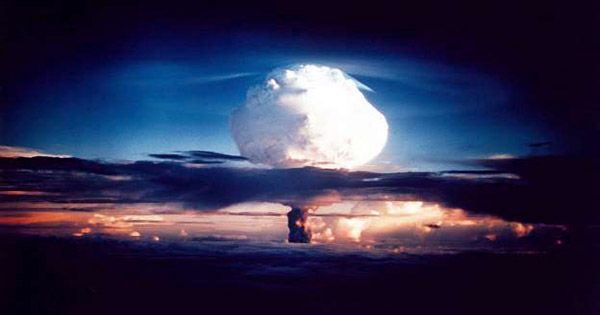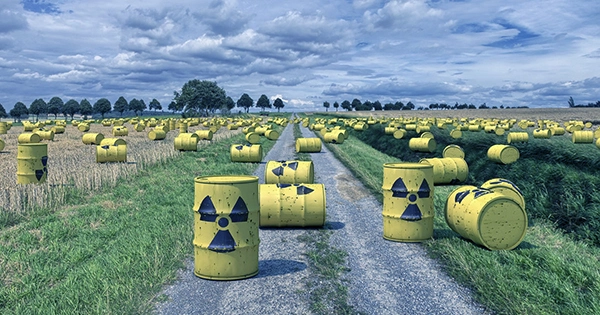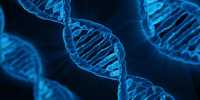Radiation is feared by many people, who see it as an invisible, man-made, and lethal force, and this fear often fuels opposition to nuclear power. In truth, the majority of radiation is harmless, and life on Earth would be impossible without it. We’ve just harnessed radiation for our own purpose in nuclear power and nuclear medicine, just as we’ve harnessed fire or the medicinal capabilities of plants, both of which have the potential to hurt.
Unlike certain natural toxins, humans have evolved to deal with modest amounts of radiation, with only relatively large doses causing harm. An excellent analogy is paracetamol: one tablet will relieve a headache, but taking the entire box at once can be fatal. Nearly 14 billion years ago, the Big Bang produced primordial radionuclides, which are atoms that emit radiation (primordial meaning from the beginning of time).

These are now a part of the entire cosmos. Some have extremely lengthy physical half-lives, or how long it takes for half of their radioactivity to decay: 14 billion years for one radioactive type of thorium, 4.5 billion for uranium, and 1.3 billion for potassium. Radionuclides from the beginning of time can still be found in rocks, minerals, and soils today. Their decomposition generates heat in the Earth’s center, transforming the molten iron core into a convecting dynamo that keeps a magnetic field strong enough to protect humans from cosmic radiation that would otherwise wipe out life on the planet.
Without radiation, the Earth would have cooled to a dead, rocky globe with a cold, iron ball at its centre, and life would not have existed. Radiation from space interacts with elements in the upper atmosphere and some surface minerals to create new “cosmogenic” radionuclides, which include forms of hydrogen, carbon, aluminum, and other well-known elements. Except for one radioactive type of carbon with a 5,700-year half-life that archaeologists can use for radiocarbon dating, the majority disintegrate swiftly.
The majority of the radiation we are exposed to comes from primordial and cosmogenic radionuclides. Plants absorb radiation from the earth and it can be found in foods including bananas, beans, carrots, potatoes, peanuts, and Brazil nuts. Beer, for example, includes a radioactive version of potassium, but only about a tenth of what carrot juice contains.














